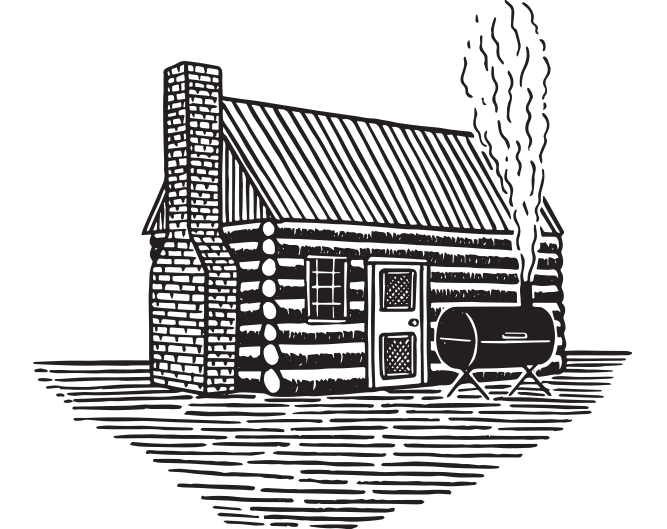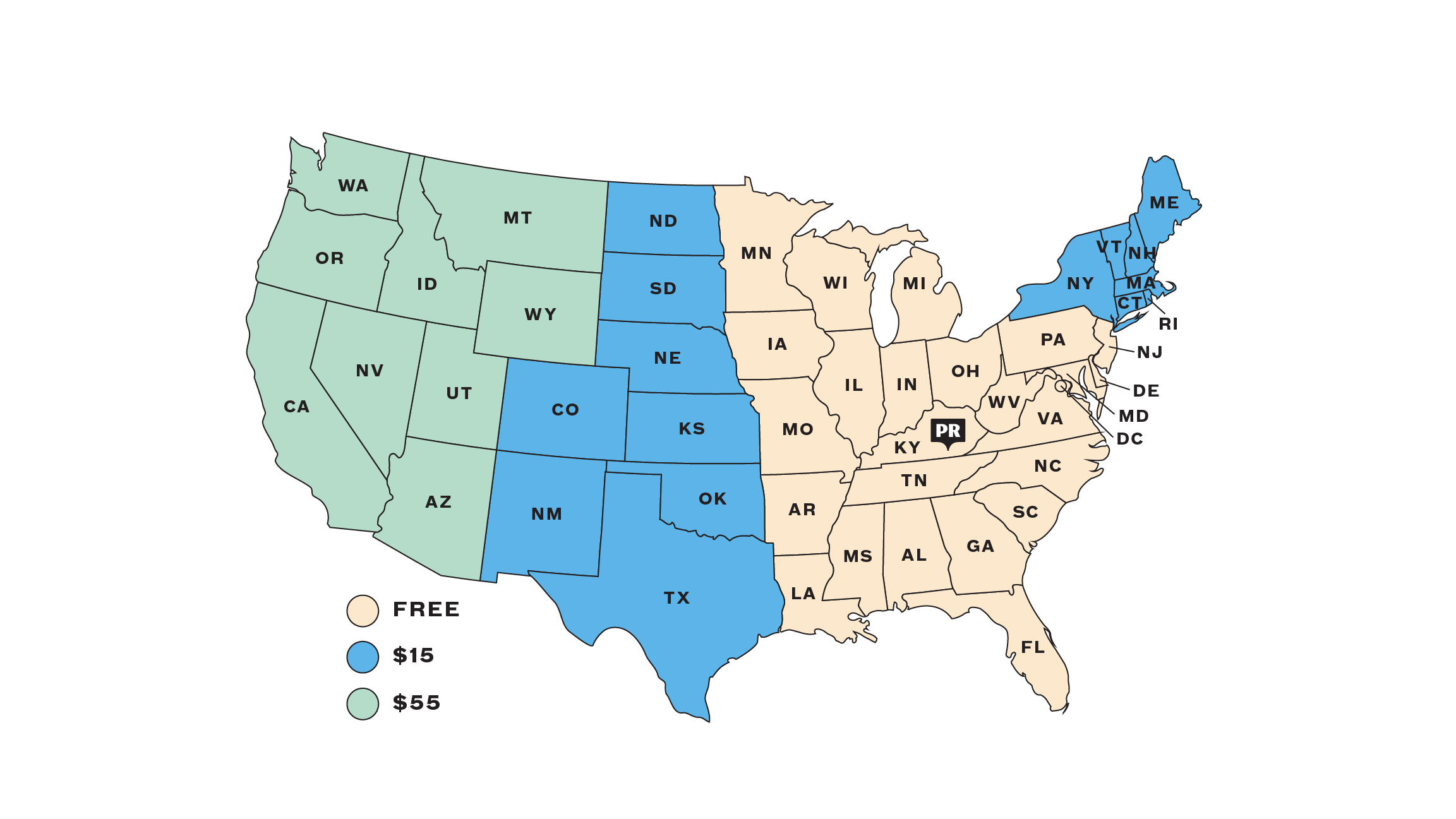If you love the flavor of dry aged steak, mastering the pan-sear is an essential skill. With the right pan, the right cut, and a little bit of know-how, you can enjoy a beautiful meal in under 15 minutes.
Pick the pan: for optimal results, you want to use a pan that is large enough to cook multiple steaks without overcrowding. It’s also important to use a pan that is thick enough to effectively distribute the heat from your stove — cheap, thin pans are prone to getting hot spots, which means your steaks won’t get an even crust. We swear by the Made-In 12” Stainless Pan and Made In Carbon Steak Pans. They're thick, well-balanced, and even dishwasher safe!
Pick the cut: The most important criteria for picking a cut that is well suited for the stove top is the thickness. If you don’t want to bother with sous vide, reverse searing, or finishing in the oven, we suggest sticking with cuts that are less than 2” thick.
How it's done: Let your steak come up to room temperature, pat dry, and season liberally with Kosher salt and pepper. Warm your pan over medium-high heat, and add a neutral oil if needed (we use grape seed oil). Once the oil is hot enough to shimmer, carefully place your steak in the pan and don't touch it until it's time to flip! For steaks less than 1" thick like Skirt, Bavette, and Flank, we advise 3 minutes on one side, and 2 minutes on the other. For larger cuts, we suggest using a meat thermometer to gauge the internal temperature. When you are 5 degrees short of your desired final temperature, remove the cut and let it rest for 5-10 minutes before slicing against the grain.
Here are a few of our favorite cuts to pan-sear:

Bavette
Also known as “Flap Steak”, this cut comes from the belly of the beef. It’s a long, thin steak with a ton of flavor.
Why do we love it? This quick sear steak cooks in a matter of minutes and is large enough to feed four hungry adults, or provide leftovers that will keep you well fed all week long.
Pro-Tip: This cut is far too large to easily fit in a pan. Cut it into 3 or 4 sections for easy searing.

New York Strip
The New York Strip is beautifully marbled cut from the back of the beef. It boasts the perfect balance of tenderness and intense dry aged flavor.
Why do we love it? For special occasions, you can’t beat the presentation of a seared Strip Steak. While this cut can be prepared any number of ways, we think that it really shines when it’s prepared simply. Sear it, then finish with lots of butter and fresh herbs.
Pro-Tip: Start by searing the fat cap (no need to add oil first). Use tongs to hold it in place as fat crisps up, and oil renders into your pan.

Denver Steak
This is one of those fun cuts that you have to source from a reputable butcher shop — it’s hard for butchers to retrieve but boy is it worth it. Located in the shoulder of the beef, this dry aged cut is very flavorful and has the right amount of marbling for both those who enjoy lean cuts, and those who don’t.
Why do we love it? This cut is easily the most versatile piece of meat out there. It can be smoked, grilled, braised, sous vide, or seared — all yielding equally delicious results.
Pro-Tip: Potentially tough cuts like Denver shouldn’t be cooked beyond medium-rare unless you’re cooking them low and slow, so use a meat thermometer to carefully monitor the internal temperature as you sear.










